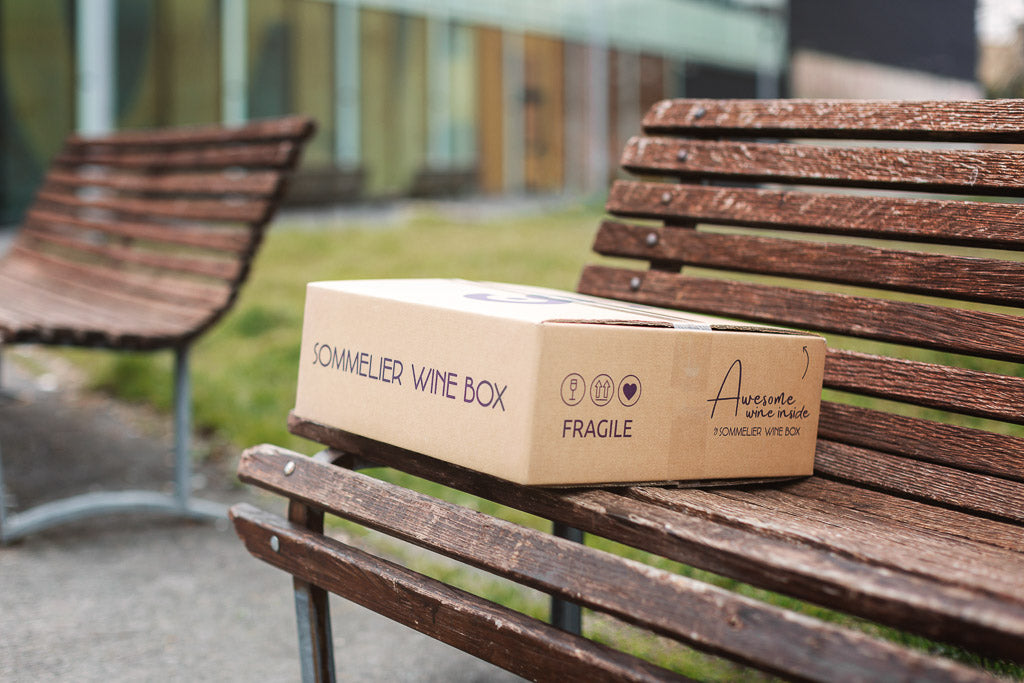Few enthusiasts know exactly what it is, but the famous malolactic process is a key process: it is worth knowing about it because it has a huge impact on the wine that reaches our glass.
Here is a little guide to malolactic fermentation, in 7 simple steps.
1. Organic acids in grapes
The acid most present in grapes is tartaric acid; the most aggressive is the malic ; the softer the lactic acid.
2. Acidity in wine
The basic assumption for understanding malolactic is that acidity is an important component in wine, responsible for that sense of freshness associated with the sensation of biting into an unripe apple .
3. What is malolactic fermentation, then?
Malolactic fermentation consists in the transformation of malic acid (more aggressive and sharp) into lactic acid and carbon dioxide). It can be completely carried out or even only partially.
Although it is commonly called "malolactic fermentation" (or secondary fermentation), it is a chemical reaction of decarboxylation of malic acid into lactic acid.
4. How does wine that has undergone malolactic fermentation become?
The presence of a less strong acid determines the attenuation of the primary aromas in the wine in favor of the evolving aromas, and above all the loss of acid aggressiveness. The wine therefore becomes softer and rounder .
From an olfactory point of view, however, malolactic exerts a slight direct relationship, in red wines slightly increasing the perception of floral, fruity and spicy scents. In whites, however, the influence on aromas is more direct and evident.
To put it simply: malolactic fermentation accelerates the aging of the wine, making the profile of the wine more balanced.
5. When does malolactic fermentation occur, if it occurs?
In the spring following winemaking, when the temperature reaches around 18° C, and it is a very delicate process.
6. Is it a spontaneous process?
Yes, operated by some bacteria naturally present in wine ( Oenococcus oeni ). But malolactic fermentation can also be induced, thanks to the use of selected cultures of lactic bacteria that activate the transformation.
7. Do all the wines undergo malolactic fermentation?
No. Malolactic affects the vast majority of reds , particularly if they are destined to age, and important whites . However, it is inhibited in wines that would not benefit from it (young, ready-to-drink whites , Classic Method ...), i.e. those that make fragrance and varietal notes their strong point.




